It’s a common misconception that the impact of a diet can or should be measured in weight. In fact, dietary habits affect the body and emotions in a multitude of ways, and while weight is certainly one of them, it is important not to overlook other factors. For example, a person whose typical diet includes a lot of red meat may not see much fluctuation in their weight, but their risk of heart disease will continue to increase over time. Another person may experience the quick loss of a few pounds with a crash diet, but the lack of nutrients in their system will take its toll on that individual’s energy and overall health. On the flip side, a balanced and well-rounded diet can be credited for weight maintenance, disease risk reduction, and a vibrancy that permeates the entire body, including skin and hair.
Dietary Habits That Help Your Hair
There are a number of nutrients that promote hair health, and the best way to get the most out of their benefits is to integrate them into your daily meals in a balanced fashion. Protein, for example, is the main building block of hair, so making sure your daily intake is sufficient is important to your locks in addition to your muscles. Most Americans consume more protein than they need each day, but if you eat a vegetarian or vegan diet, beautiful hair is another reason to double check that you’re getting enough of that key nutrient from other sources. Diets that are high in iron, zinc, and Vitamin C are also good for hair as deficiencies in iron and/or zinc can hurt hair quality and cause hair loss, and Vitamin C aids in the absorption of these minerals. Iron can be found in eggs, beans, and whole grains, zinc in oysters and nuts, and Vitamin C in fruits and veggies like broccoli, leafy greens, oranges, and strawberries. Another nutrient often touted for the role it plays in hair health is the omega-3 fatty acid. Salmon, mackerel, and flaxseeds are all good sources. Other important vitamins and minerals include vitamins A (but not too much!), the Bs (eggs), D (sun!), and E (spinach), copper (sesame seeds), potassium (dried fruits), and folic acid (whole grains). Of course, the list goes on and on, but the important takeaway here is that a nutrient rich diet can have a really positive impact on all areas of your health – your hair included – so why not make it a priority?
Dietary Habits That Hurt Your Hair
First and foremost, a deficiency in the above nutrients, especially protein and iron, is an invitation for unhealthy hair that is prone to breakages and loss. This is a common and often overlooked source of damage that can be easily avoided through your regular daily eating habits.
Crash diets also have a negative impact on hair. The sudden and sharp decline of nutrients starves the hair follicles and can severely damage them, leading to thinning and loss. This kind of impact doesn’t just take away the shine during the diet either. Deficiencies caused by crash diets can impact the individual’s hair even months afterwards!
Sometimes even a balanced diet needs a bit of a boost to be able to meet an individual’s needs. Untreated anemia, for example, can have a negative impact on hair health if the anemic individual is getting the other nutrients discussed above, but isn’t getting their prescribed amount of iron.
Lastly, extreme dietary habits including disorders like anorexia are well-known causes of hair loss. Eating disorders have numerous negative impacts on the body, and hair health is just one of them.
If you are experiencing hair loss you can schedule a consultation with a professional online here or call Van Scoy at (419) 289-6665.

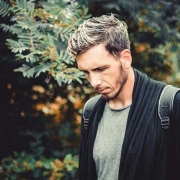
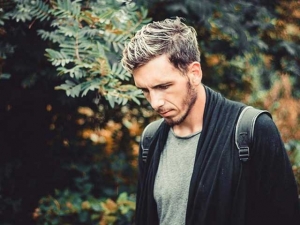
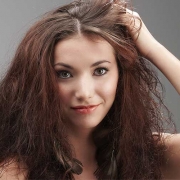
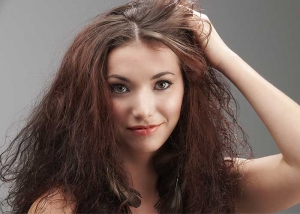

 During the
During the 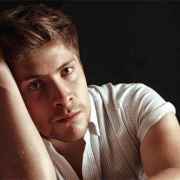
 Stages of Hair Growth
Stages of Hair Growth

